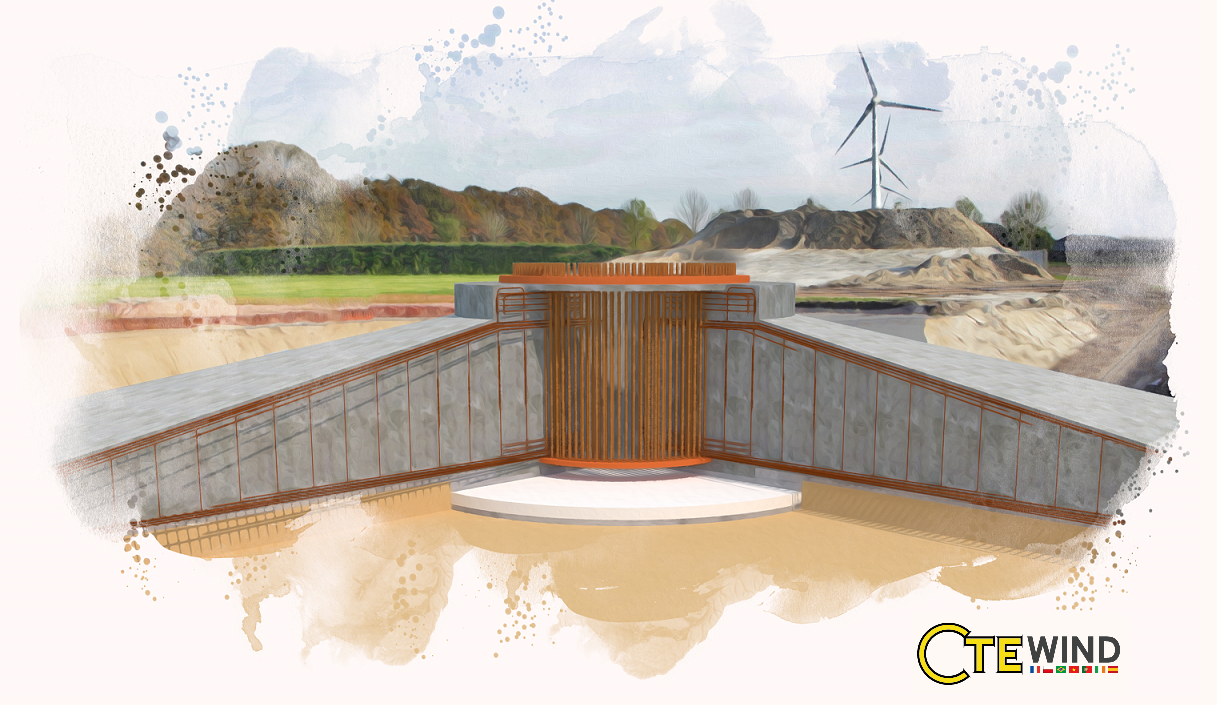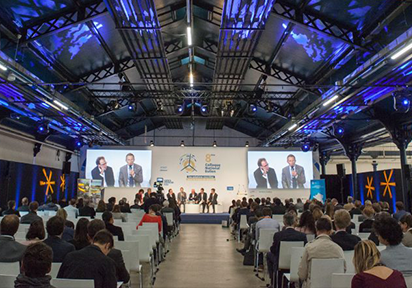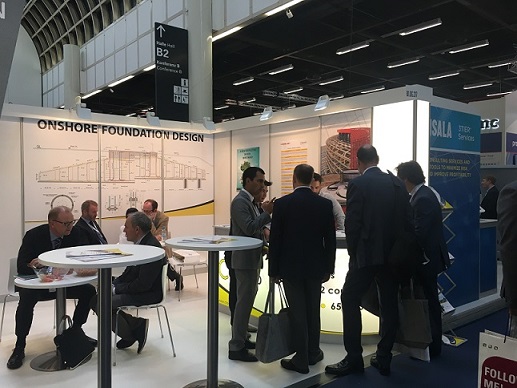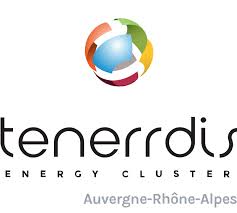With the Soft-Spot® CTE Wind Civil Engineering captures the spirit of the times. The success is not only due to the new design solution. It is more a result of the developers increasing projects requirements and the size of the turbines. CTE Wind masters both easily.
La Richardais (FRA) – CTE Wind International, expert in foundation design for wind turbine generators, has his finger on the pulse of time with the Soft-spot® solution. Trademarked and patented in France (patent pending worldwide), 750 wind turbines use the resource saving solution worldwide. Over the half of the 50 realized projects related to the Soft-Spot® are located in France.
Cost savings
The success of the civil engineering company CTE Wind is not only due to the Soft-Spot®. It mainly relies on the fact that CTE Wind can master the increasing requirements of the wind energy developers. Wind farms have to be designed in a way that saves resources and allows fast set-up times; two important factors which determine the construction costs of WTG foundations.
A further driver and important point why developers choose CTE Wind is the increasing size of the turbines. Four to five years ago, the hub height of wind turbines ranged between 80 and 90 meters. Today the average hub heights of CTE Winds projects are between 110 and 120 meters. Some of the final designs even had a hub height far above average. The highest hub height ever calculated by CTE Wind stands in Salzgitter Germany with 166 meters.
Adapting the design to soil conditions
CTE Wind adapts its foundations designs to the local soil conditions and in accordance with applicable national and international standards. To avoid extremely large foundations CTE Wind’s engineering team has found with the Soft-Spot® a good and reliable solution to meet the mentioned resource-saving requirements. The construction is very easy and it allows savings in concrete volume up to 15% and a total weight reduction of reinforcement bars of 7 to 9%. Thanks to the reduction of the foundation diameter the earthwork to be handled is also reduced. This leads to less surface use for the foundation.
 Choisissez votre agence
Choisissez votre agence





